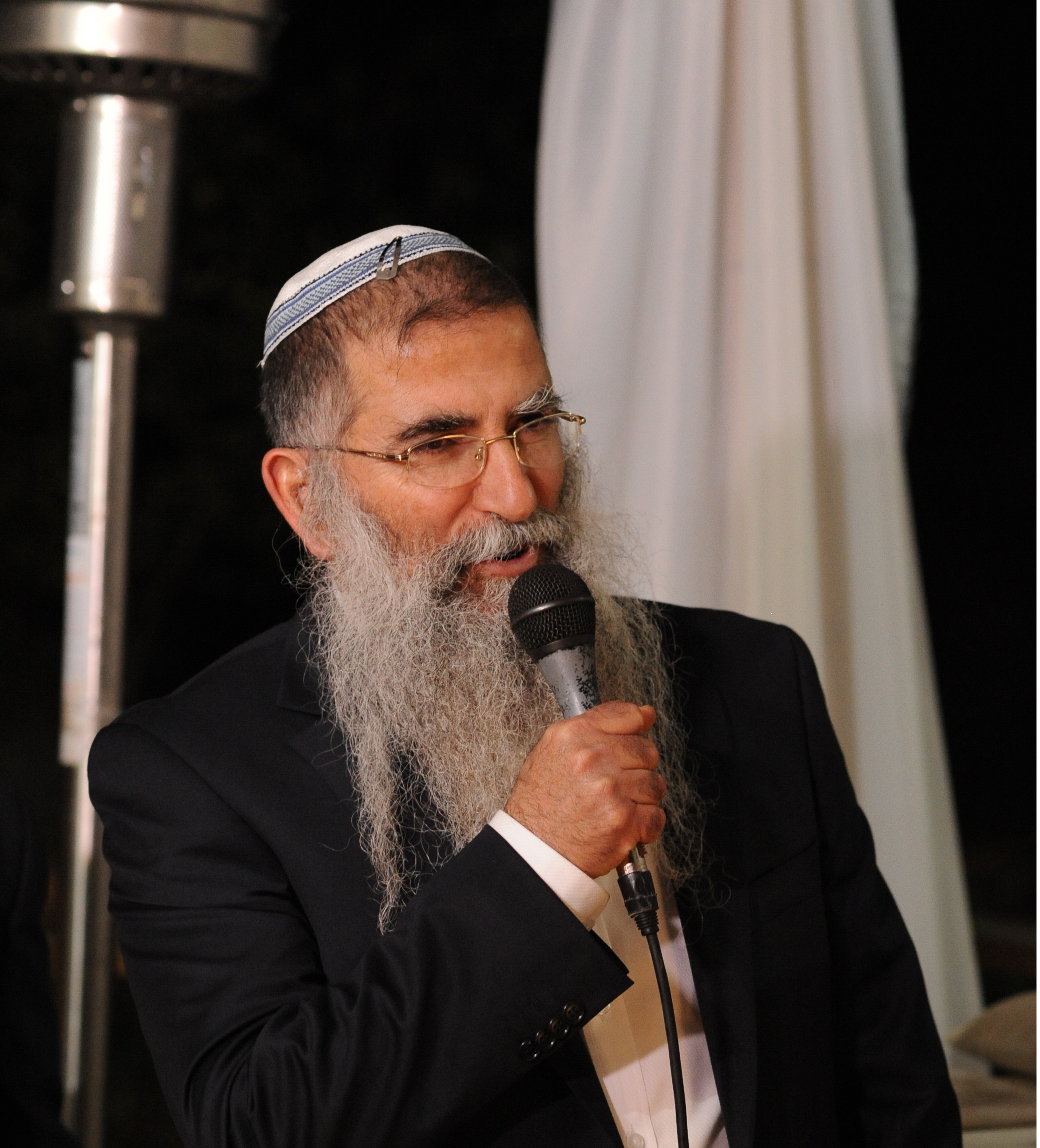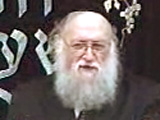Beit Midrash
- Sections
- Chemdat Yamim
- Bemare Habazak - Rabbis Questions
- Library-Sifria
- Likutim A
- Hashem's Name and Holy Writings
Answer: What to consider a Name of Hashem is significant in several areas of Halacha, and the answer needs not be uniform.
The Torah prohibition of erasing Hashem’s Name (Makkot 22a) applies only to the seven principle Names (Rambam, Yesodei Hatorah 6:2); poskim posit that Hashem’s Name in different languages (= la’az) would not be included. Yet the Rambam (Shvuot 2:1-2) says that an oath, which must invoke Hashem, is binding in any language. There is a machloket Rishonim (see Bemareh Habazak VII:75) whether even the Name can be in a different language or only the rest of the oath. Another question is whether it is forbidden to utter a Name in la’az in a meaningless way or in an unnecessary beracha (see Shut R. Akiva Eiger I:25). It turns out that the prohibition on erasing might be more limited than some other applications. The Shach (Yoreh Deah 179:11) rules that the Name in la’az is not a halachic Name. On the other hand, the Netivot Hamishpat (27:1) and Urim (27:2) posit that is fully considered a holy Name.

Bemare Habazak - Rabbis Questions (627)
Rabbi Daniel Mann
401 - Drinking during Davening
402 - “G” Dash “D”?
403 - Siyum for Taanit Bechorot Via Live Streaming
Load More
Many observant Jewish English speakers write Hashem’s Name normally and many insert a dash. An individual’s writing is, in some ways, more stringent than dollar bills because he is writing it himself, especially if it is in the context of divrei Torah or serious references to Hashem (not, a flippant "OMG"). On the other hand, does an individual, at the time he wants to write about Hashem, have to be concerned it will be disgraced later? Although different contexts are different, the gemara (Rosh Hashana 18b), regarding writing a Name in documents, says we are supposed to look ahead. The Netivot and Urim (ibid.) spoke strongly against writing "adieu" (literally "with Hashem" in French) because of the prospect the paper will "lie in garbage dumps." Rav Soloveitchik dismissed these concerns because he was convinced that "God" is not a Name. Thus, both practices have sources and logic to stand on.
Does the dash help? Rav Soloveitchik posited that it did not because if there a problem with what Names in la’az represents, then "G-d" also represents Hashem. However, this contention is not fully convincing. First, the Achiezer (III:32) presented, as a simple policy solution for a Yiddish paper, to put a dash between the Gimmel and Tet of the Yiddish Name. The Rama (YD 276:10) deals with abbreviations or written substitutes of the seven Names (in Hebrew). He says that one may erase "yud yud" written in place of Hashem’s main Name, but only in the case of need (the Gra ad loc. views this as a chumra). The Minchat Yitzchak (IX:62) equates the dashes separating between the letters of a Hebrew Name to the Rama’s case. The Avnei Nezer (YD 365) posits that dashes actually indicate that the separated letters form one word and thus dashes do not help. However, it is likely that they agree if the dash is in place of a missing letter. (Google-search "G-d" and see if it is obvious in English that it refers to Hashem.) While the Rama is "a little machmir" regarding "yud yud," that is a hint to a Hebrew Name, not what the Achiezer and we are referring to.
In summary then, while it might be fine to write "God," for those who prefer to be machmir, "G-d" offers a marked improvement.

Ask the Rabbi: Using Replacement Mezuzot When They Are Being Checked?
Rabbi Daniel Mann | Av 5785

Ask the Rabbi: Keeping Bread on the Table
Rabbi Daniel Mann | Iyar 5785

Ask the Rabbi: Purim Meshulash
Rabbi Daniel Mann | Adar 5785

Ask the Rabbi: Escorting Husband Returning from Hospital on Shabbat
Rabbi Daniel Mann | Sivan 5785

Rabbi Daniel Mann

Reciting Borei Nefashot on Food When One Will Still Drink
Sivan 3 5780

Cooking for Shabbat at the End of Yom Tov
Iyar 20 5783

Giving an Envelope on Shabbat to Use for Donations
5773


























